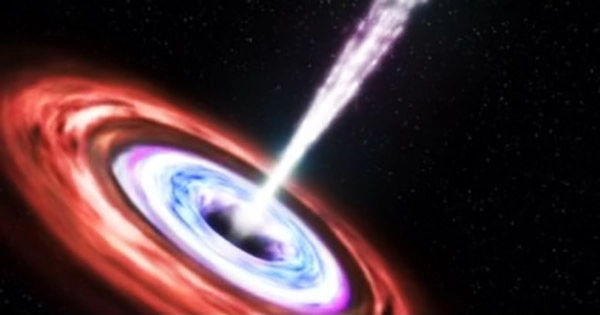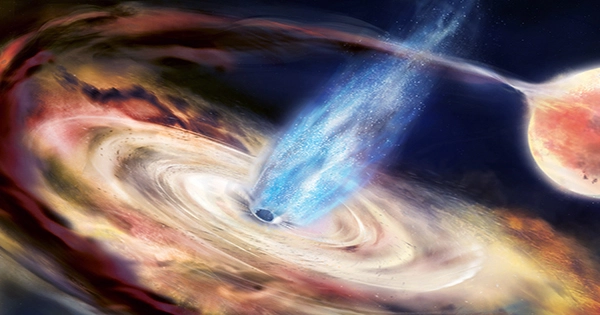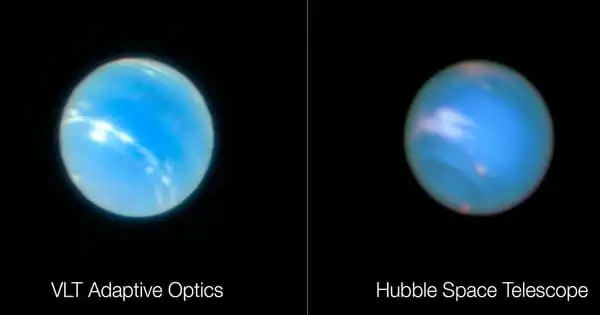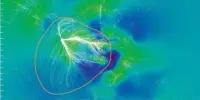The International Gemini Observatory, run by the NSF’s NOIRLab in the US, was used by a team of astronomers to find the nearest black hole known to exist.
This is the first clear observation of a dormant stellar-mass Black Hole in the Milky Way, and at just 1600 light-years from Earth, it presents a fascinating target for research to help us better understand the development of binary systems.
Astrophysicist Kareem El-Badry of the Harvard-Smithsonian Center for Astrophysics and the Max Planck Institute for Astronomy said, “Take the Solar System, put a Black Hole where the Sun is, and the Sun where the Earth is, and you get this system.”

This was found by astronomers using the Gemini North telescope in Hawaii, and it has been given the name “Gaia BH1” by the researchers.
It is three times closer to Earth than the previous record-holder, an X-ray pair in the constellation of Monoceros. This dormant Black Hole is around 10 times more massive than the Sun and is situated about 1600 light-years away in the constellation Ophiuchus.
Exquisite studies of the motion of the black hole’s partner, a star similar to the Sun that orbits the black hole at around the same distance as the Earth orbits the Sun, allowed for the new finding.
By examining data from the Gaia spacecraft of the European Space Agency, the scientists first discovered the system may be home to a Black Hole.
According to El-Badry, “Our Gemini follow-up observations proved beyond a shadow of a doubt that the double contains a typical star and at least one dormant Black Hole.”
The findings of the black hole pair suggest that the solar-mass star could not have survived that incident and ended up as an apparently normal star.
According to the researchers, this could signal that there are significant gaps in our knowledge of how black holes emerge and evolve in binary systems as well as the presence of a population of dormant black holes in binary systems that has yet to be discovered.
















